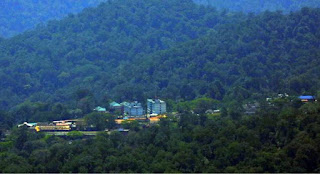The Hindu, January 30, 2016
There has been a 30 per cent increase in the number of
waterbirds in Thiruvananthapuram district, the Asian Waterfowl Census, a
comprehensive water bird count, says.
The census,
carried out on Tuesday, also records spotting of 49 species of birds
from Punchakkari, Vellayani, Aruvikkara Reservoir, Akkulam-Veli Lake
Complex, Poovar and selected wetlands, including the paddy fields under
Krishi Bhavan near Kesavadasapuram.
Of these
waterbirds, 15 species are migratory including Black headed gulls,
Kentish plovers, Green sandpipers, Wood sandpipers, Sanderlings and
Whiskered terns.
The exercise was carried out in six
major locations in the capital district by WWF-India with the support of
the Social Forestry Wing of Forests and Wildlife Department. Though the
number of waterbirds is higher than the last immediate years, a decadal
comparison does not show a positive trend. Habitat loss and climate
change are the major culprits for this fall.
The
heavy rains in the past few months that has considerably elevated the
water level is another reason for the fewer number of waterbirds in
Punchakkari and Vellayani wetlands, the two major birding hotspots in
the outskirts of city .
According to the report, the
increased presence of aquatic weeds in Aruvikkara reservoir is one of
the major reasons for habitat degradation.


















